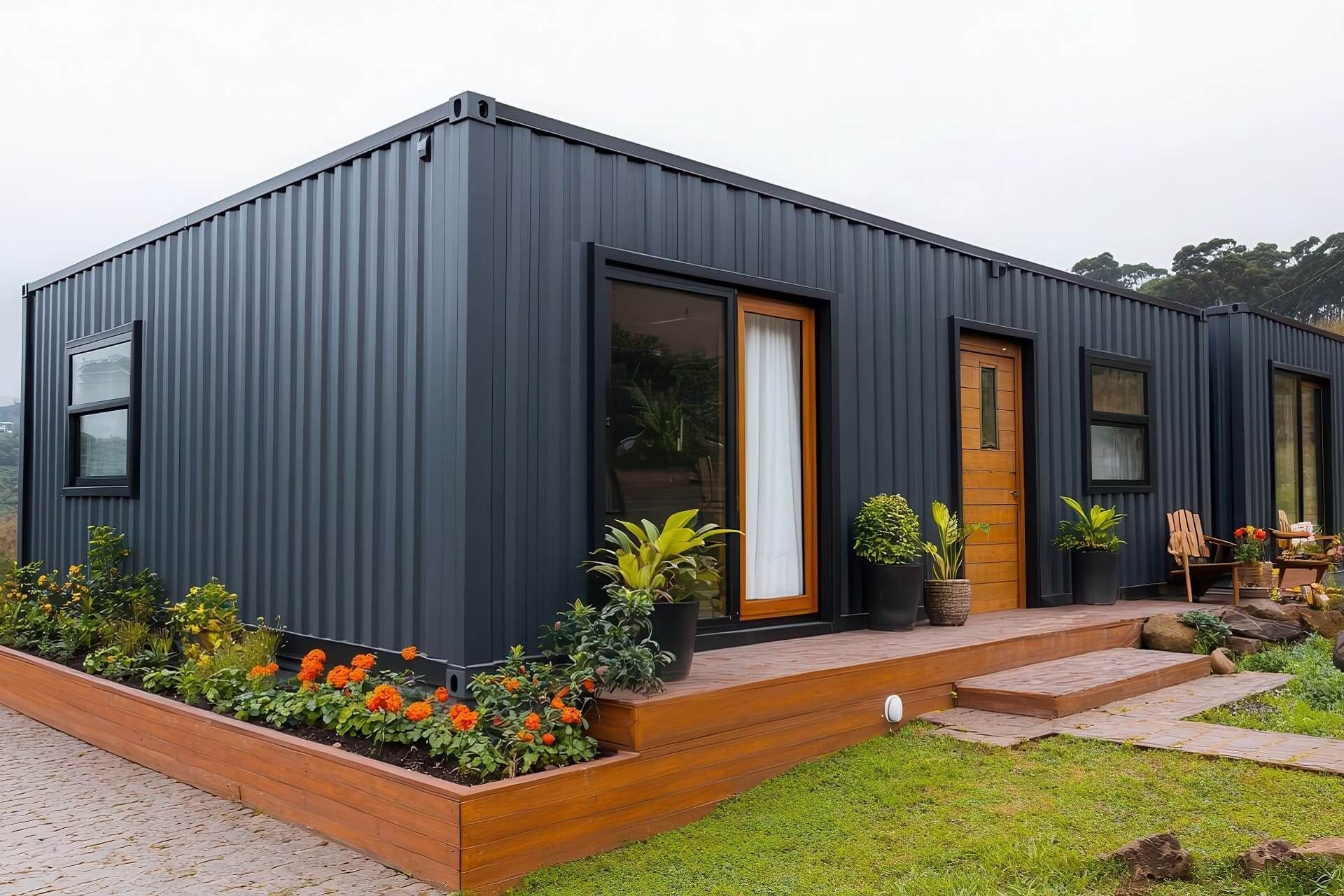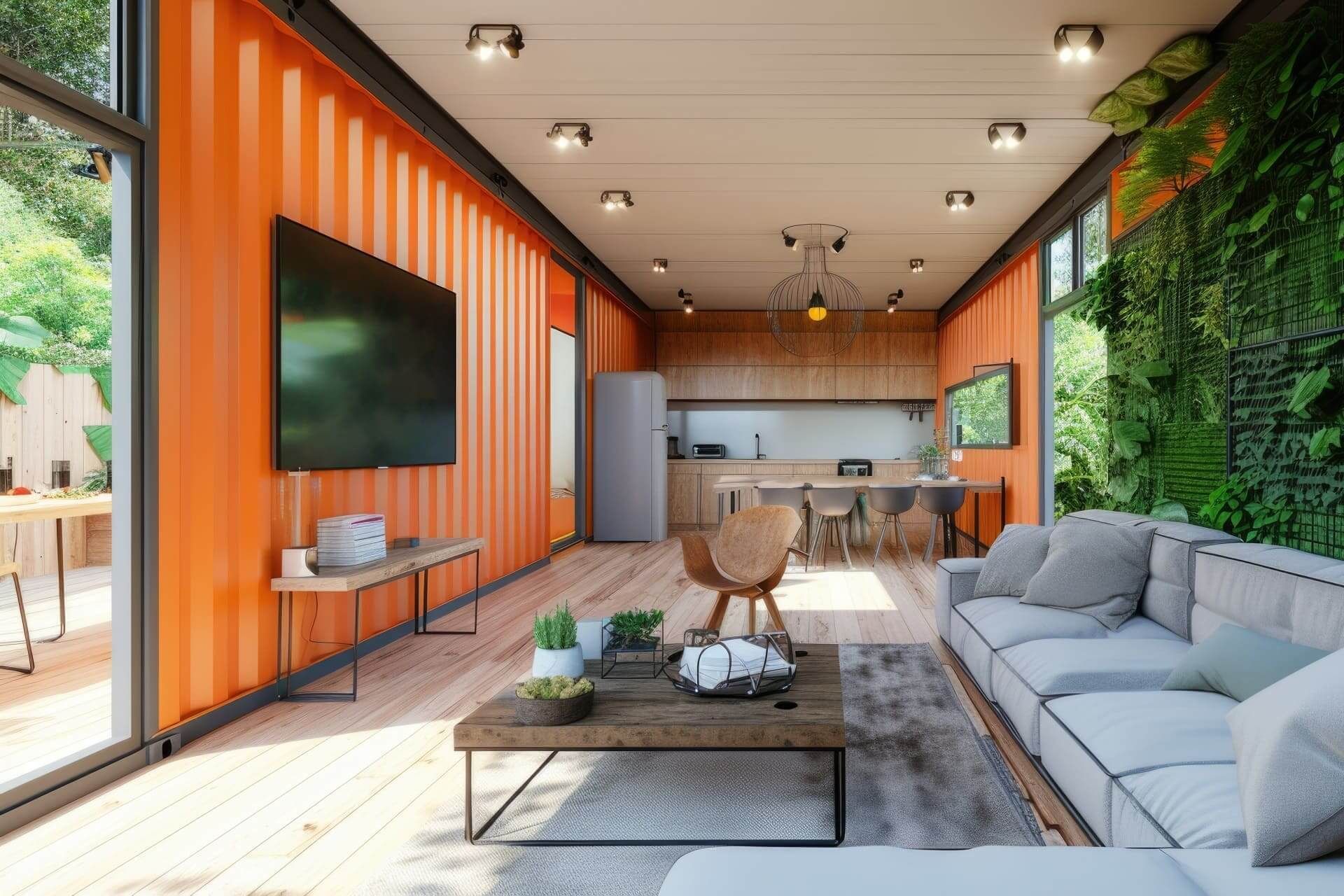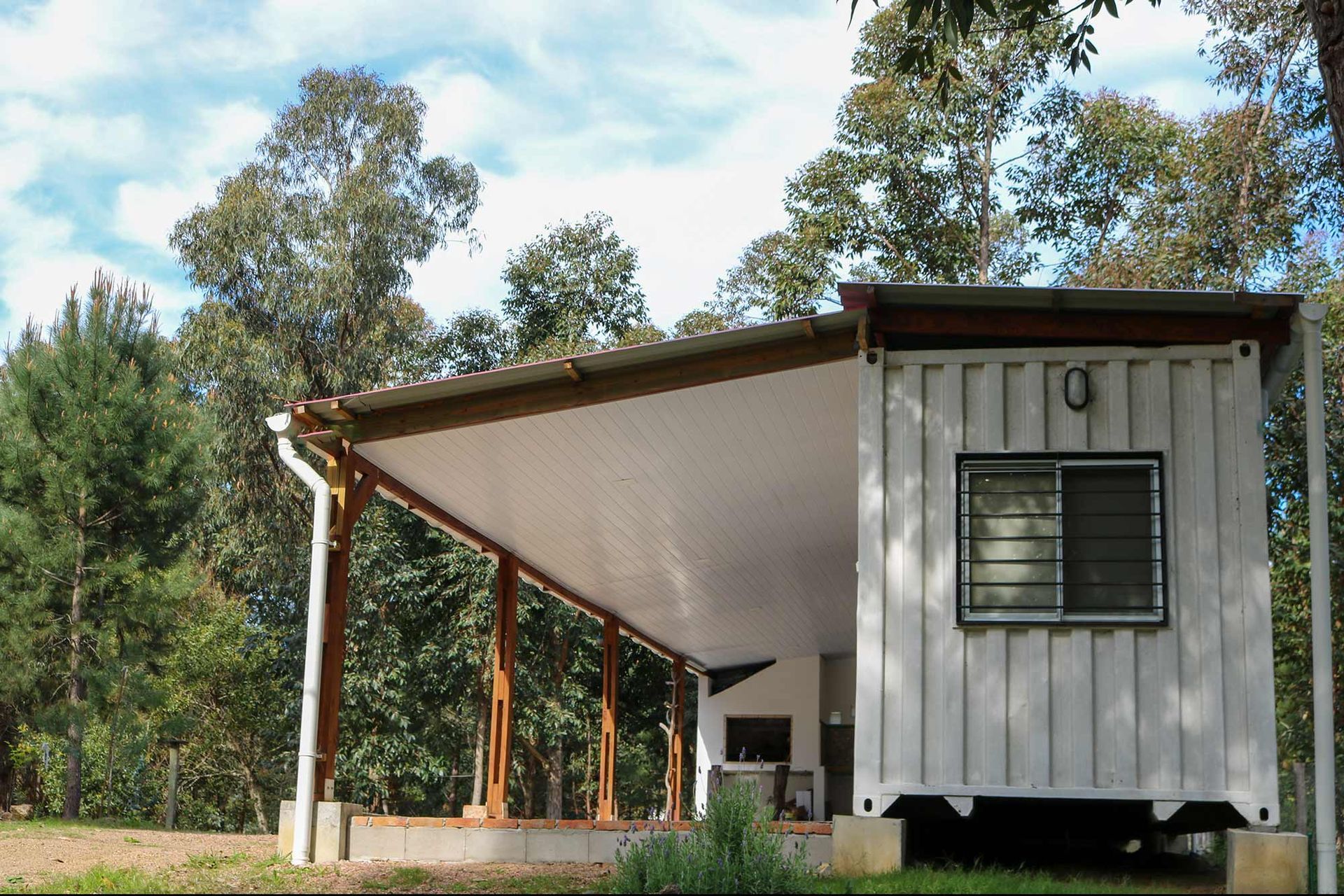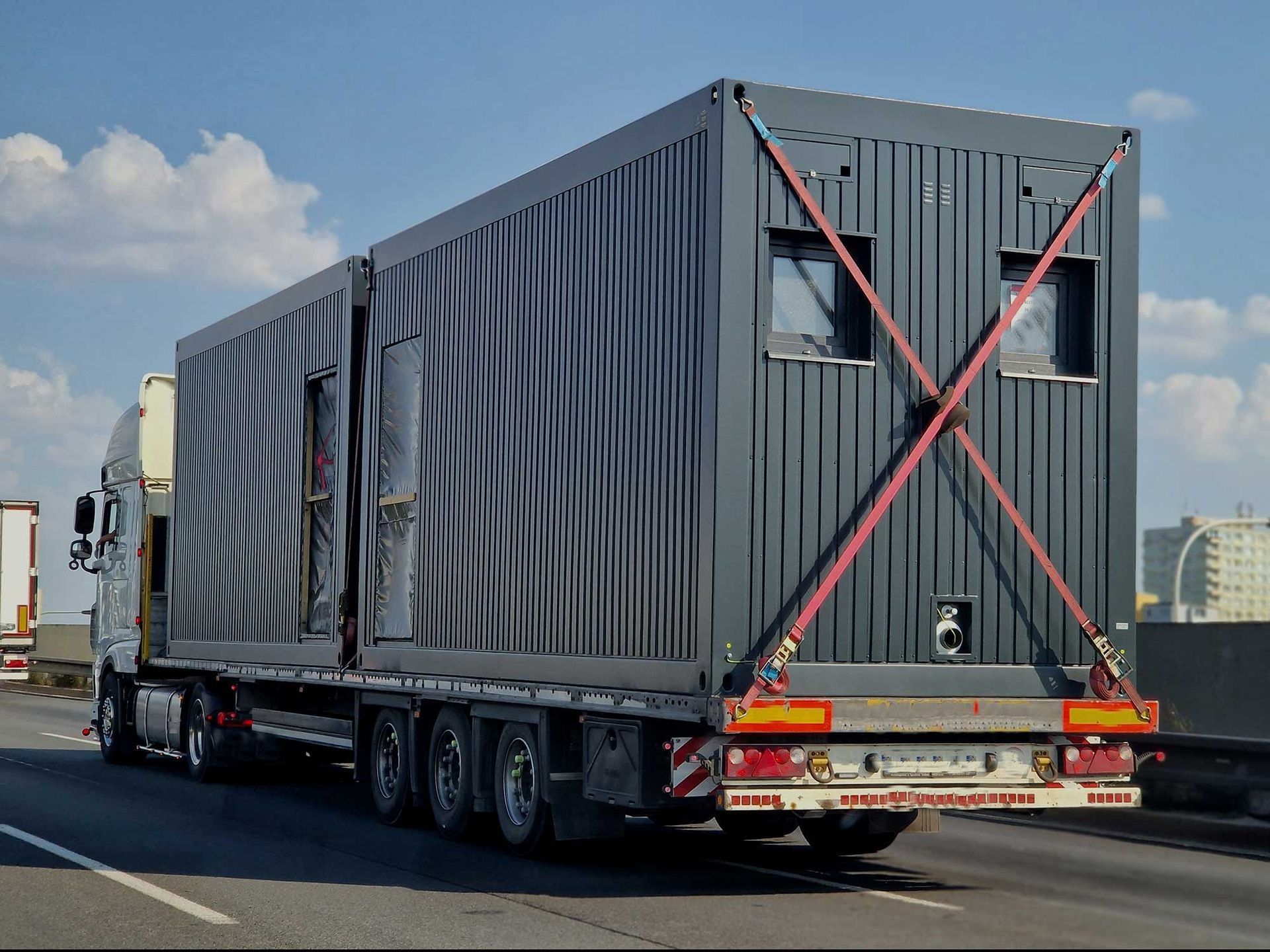Eco-Homes from Containers: Creating Sustainable and Energy-Efficient Living Spaces
Eco-Homes from Containers: Creating Sustainable and Energy-Efficient Living Spaces

Container homes have gained popularity for their eco-friendly and sustainable design, reshaping how we think about housing. These homes offer a lower environmental impact by repurposing shipping containers without sacrificing modern comforts. Here’s how
eco-friendly container homes transform sustainable living and reduce our carbon footprint through Astro Container Home’s thoughtful design and advanced technology.
Key Features of Sustainable Container Homes
Container homes emphasize reusability, transforming used shipping containers into stylish living spaces. These homes prioritize
sustainable living with containers, significantly minimizing waste and reducing the use of raw building materials. Often, builders integrate
solar panels on container homes and
rainwater harvesting systems, turning these homes into almost self-sufficient spaces. Insulation is essential in maintaining a stable temperature, so
thermal insulation for container homes is a primary focus, enabling energy conservation.
Container homes are also adaptable; they can be expanded with additional containers to suit family needs or downsized for a compact lifestyle. Customization options provide freedom for unique designs while retaining
energy efficiency in container homes through appropriate modifications. From single-container studios to multi-container residences, Astro Container Homes blend functionality with eco-conscious construction principles.
Energy Efficiency Solutions for Container Living
One of the greatest advantages of container homes is the ability to incorporate energy-saving features.
Energy efficiency in container homes often starts with robust insulation, minimizing the need for heating and cooling and reducing energy use.
Solar panels on container homes are common, allowing homeowners to harness renewable energy directly. Additionally, the compact layout of container homes means less energy is required to maintain comfortable temperatures.
Advanced
green technology in container living includes eco-friendly ventilation systems and low-energy lighting, both supporting a smaller energy footprint. Many container homes also integrate
rainwater harvesting systems, which collect and filter rainwater, reducing the demand for external water sources and efficiently using natural resources. These measures combine to create a comfortable, sustainable, energy-conscious, and environmentally responsible space.
Incorporating Green Technologies in Container Homes
Integrating
green technology in container living goes beyond solar panels and energy-efficient appliances. Container homes increasingly utilize
low-impact materials for container houses, such as reclaimed wood and non-toxic paint, minimizing environmental harm. Many also feature composting toilets and gray water recycling systems, reducing water waste and supporting sustainable waste management practices.
In addition, container homes are ideal for implementing smart home technology. Systems monitoring and controlling lighting, heating, and water usage allow for careful energy management. These technologies ensure that
sustainable living with containers is as practical as it is eco-conscious, demonstrating that green solutions can enhance functionality without added complexity.
The Benefits of Using Low-Impact Materials in Container Construction
Choosing
low-impact materials for container houses is central to achieving an eco-friendly build. Repurposing containers reduces the need for newly sourced materials, which in turn lessens the environmental strain of construction. Materials like bamboo flooring, recycled glass, and eco-friendly paints are often favored for
environmentally friendly housing solutions in container homes.
Low-impact materials also offer health benefits by reducing exposure to harmful chemicals commonly found in traditional building supplies. Additionally, the use of recycled and renewable materials aligns well with the concept of
sustainable living with containers, emphasizing waste reduction and resource conservation. These choices support the environment and contribute to a healthier living space for occupants.
Design Tips for Eco-Friendly Container Homes
Designing an eco-friendly container home involves balancing functionality with green principles.
Designing sustainable container homes starts with selecting the right container size and layout. For instance, strategically positioning windows can optimize natural light, reduce the need for artificial lighting, and enhance
energy efficiency in container homes. Meanwhile, multi-functional furniture maximizes space without crowding the interior, supporting a minimalist and efficient lifestyle.
Insulation is key to maintaining comfortable temperatures year-round. Various options exist for
thermal insulation for container homes, such as spray foam and rigid board insulation, both of which are effective in preventing heat loss or gain. Finally, thoughtful landscaping can further improve sustainability. Planting native flora around the home creates shade and promotes biodiversity, while a rain garden can manage runoff water.



